#40 in Uzbekistan
Mastava: Basic Information
Pronunciation
Alternative Name(s)
Dish Type
Course
Mealtime
Popular Variations
Mastava: Ingredients and Preparation
Main Ingredients
Main Cooking Method
Preparation Process
Mastava: A Deep Dive
Cultural Significance
Taste
Texture
Aroma
Color
Serving Style
Serving Temperature
Accompaniment
Occasions
Seasons
Special Diets
Calories
Popularity
Popular Similar Dishes
- Shurpa
- Borscht
- Goulash
Popular Dining Area
Mastava is a traditional Uzbek soup prepared by combining seared lamb with vegetables like onions, carrots, and several root veggies. Interestingly, the soup is often made by frying.
Also known as liquid pilaf, mastava introduces rice to a mixture of vegetables and meat broth. Usually, the lamb ribs of mastava are given a quick sear in a cast metal cauldron called qozon.
Additionally, people often prepare a blend of tomato and onion known as zirvak for cooking the rice and root vegetables. Once served, the soup comes with various spices, herbs, and katyk (fermented milk).
Dive into more things about mastava by learning about the method of creating this Uzbek soup and some effects that people face when eating it.
To fuel your excitement, let the answers to other readers’ inquiries satisfy your curiosity. Then, let’s explore some dishes that are similar to mastava.
Key Points
Mastava Images
How to Create Mastava?
Mastava is a brothy dish to enjoy, thus adding a valuable reason for you to know the process of materializing this dish:
Step 1: Prepare Ingredients
Gather and chop meat (usually lamb ribs), rice, vegetables like carrots and onions, and select spices.
Step 2: Sear Meat
Brown the meat in a large pot or qozon with oil to add flavor depth.
Step 3: Cook Vegetables
Sauté onions and carrots in the pot, adding other vegetables as desired.
Step 4: Add Rice and Water
Include rinsed rice and enough water to cover, adding potatoes if using.
Step 5: Season Soup
Add spices such as cumin, tarragon, and red pepper, adjusting to taste.
Step 6: Simmer
Let the soup simmer until meat is tender and flavors blend.
Step 7: Final Touches
Before serving, add fresh herbs, garlic, and katyk for extra flavor.
Step 8: Serve Hot
Ensure meat, vegetables, and rice are tender; serve mastava hot, optionally with bread.
Later on, it’s essential for you to uncover the benefits and drawbacks of having mastava as a part of your next diet.
Pros and Cons of Eating Mastava
In case you want to know if mastava is suitable for your consumption, let these pros and cons features give you the perfect answer:
Pros
Cons
Next, it’s time to uncover all the concerns that people often have for mastava, giving you more understanding of the dish.






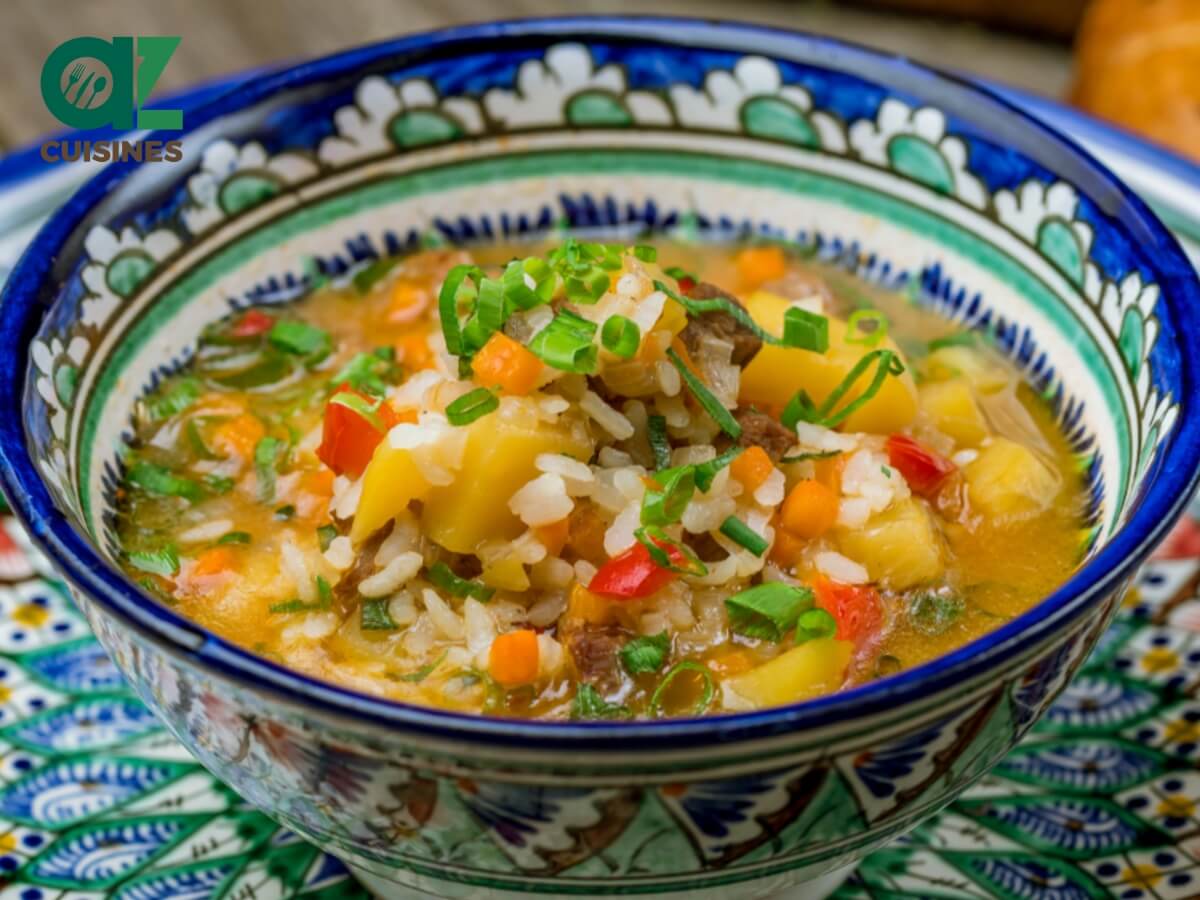
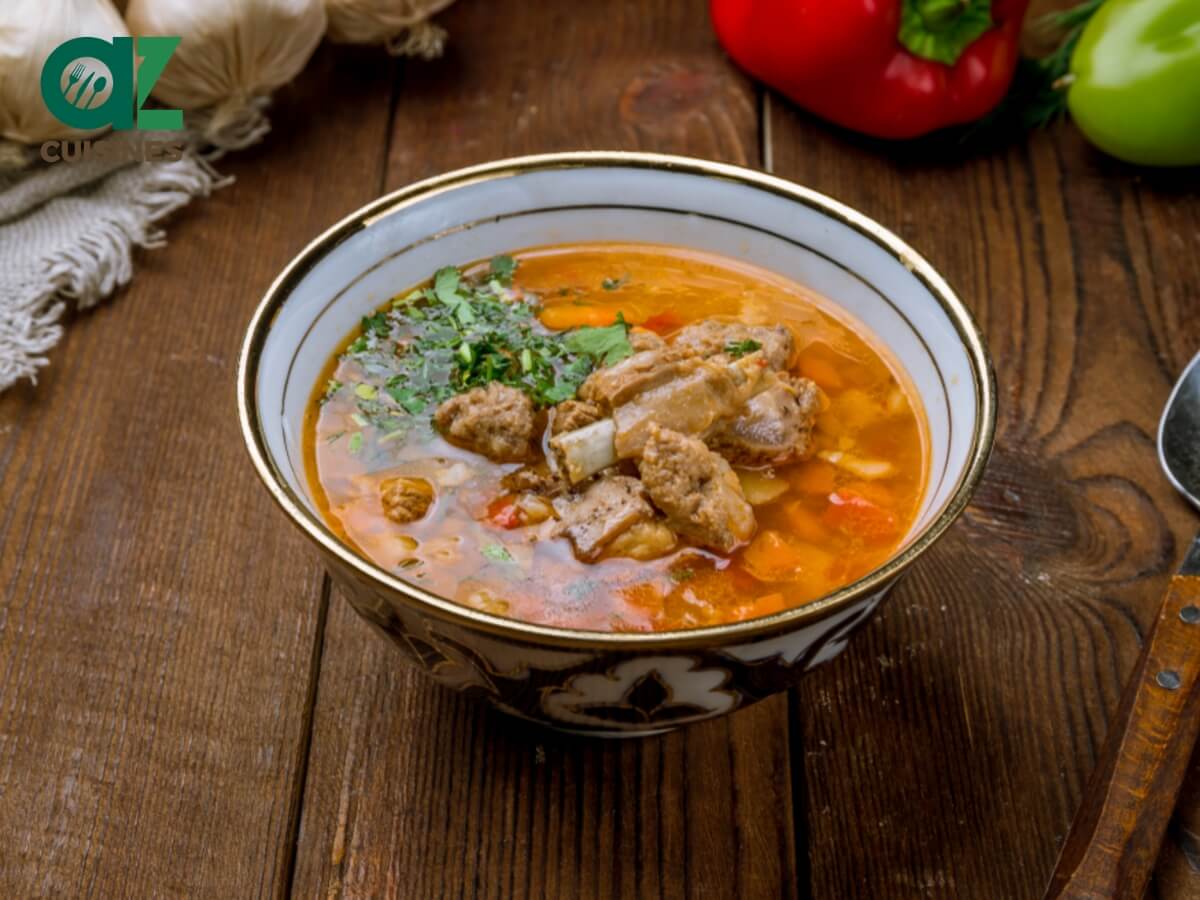
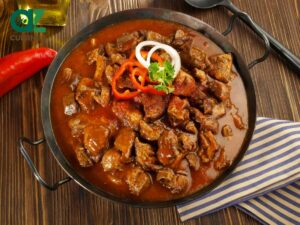
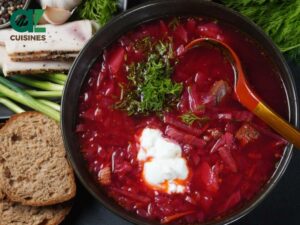
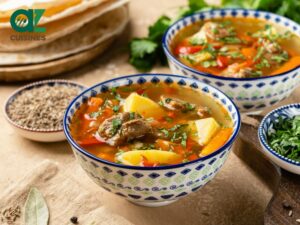
Adam Sam
Senior Food and Drink Editor
Expertise
Food Writer & Recipe Developer, Recipe Tester, Bartender, Cooking-video Maker, Editor In Chief
Education
Adam Sam, an experienced food writer and recipe developer, is passionate about blending diverse culinary traditions, national dishes, and innovative beverages, showcasing his proficiency in both traditional and modern recipe testing.
As the Editor-in-Chief, he elevates culinary content from street food to fine dining, focusing on Western cuisine and types of drinks at azcuisines.com, and is professional in creating engaging cooking videos that simplify complex dishes and ingredients.
His passion for food is evident in his writing, where he uniquely merges various cultures, traditions, and contemporary trends, skillfully combining classic recipes with modern cooking methods.